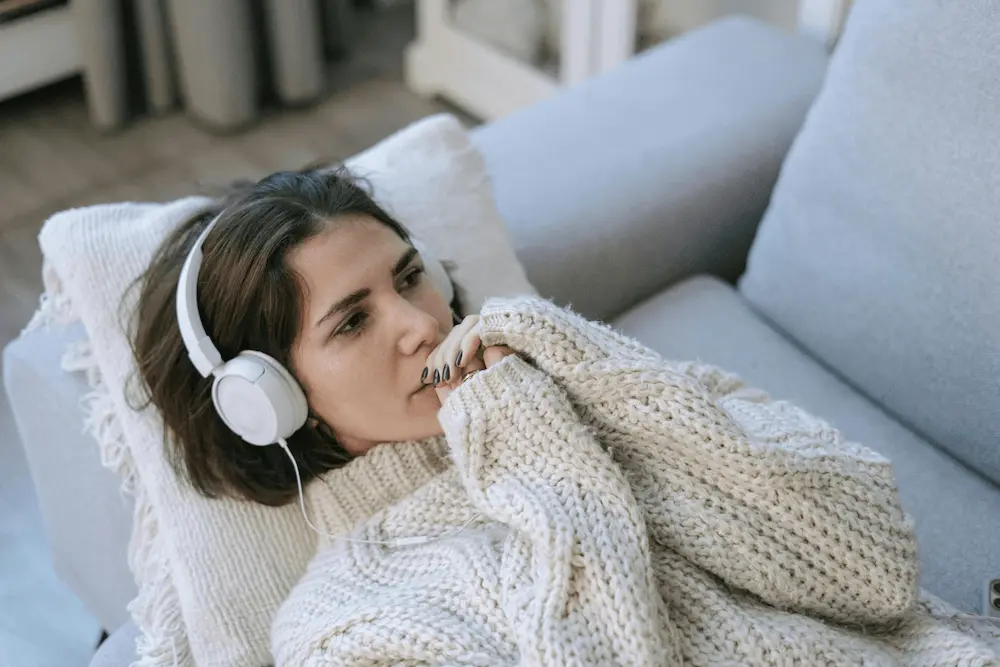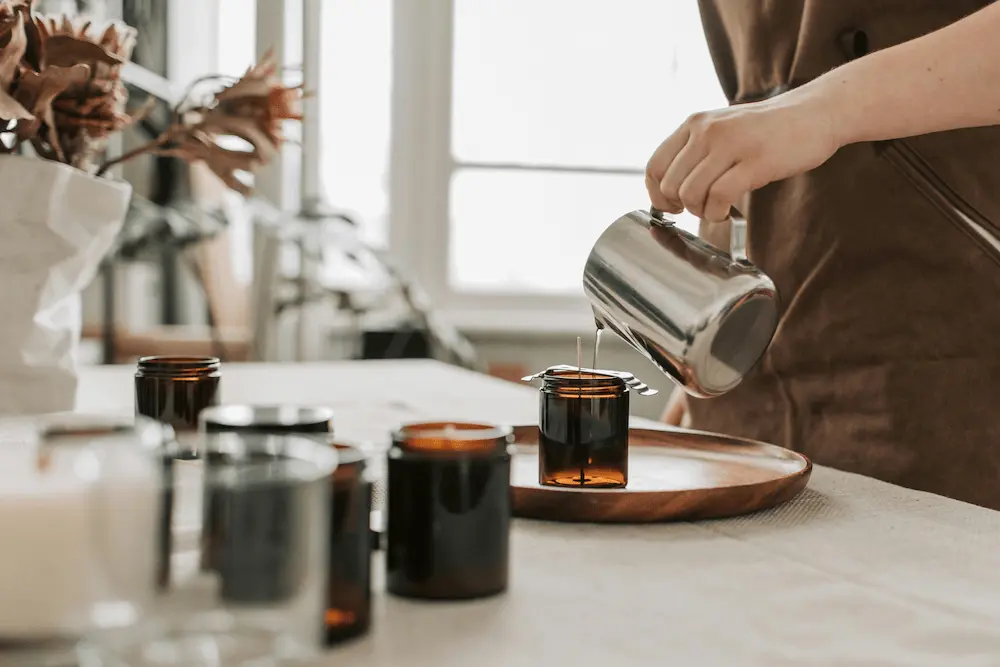There was a time when I couldn’t walk into Target without spending at least $50 on things I didn’t plan to buy. A candle, a new mug, something cute for the house. It wasn’t just shopping; it was therapy. Retail therapy.
If you’ve ever felt the urge to shop to boost your mood, you’re not alone. Emotional spending is incredibly common, especially for busy women juggling work, home, motherhood, and stress. But over time, these little pick-me-ups added up and left me feeling more anxious than comforted.
What changed everything for me was embracing slow living and spending. It helped me understand my patterns, reset my pace, and begin spending money in ways that felt calm, aligned, and truly joyful.
What Is Emotional Spending?
Emotional spending happens when we buy things in response to our feelings rather than our needs. Stress, boredom, loneliness, even celebration can trigger the urge to spend. But the relief is usually temporary.
You might recognize these signs:
- Shopping online after a hard day
- Adding things to your cart when you’re feeling bored or overwhelmed
- Regretting purchases shortly after making them
- Feeling like you “deserve” a treat after a stressful event
For me, emotional spending often showed up when I felt out of control. Life was busy and unpredictable, but a new planner or cozy sweater gave me a brief sense of peace. But it wasn’t real peace—and it never lasted.
How Slow Living Helped Me Reclaim My Spending Habits
Slow living isn’t about doing everything slowly. It’s about living with more intention, creating space, and choosing what really matters. And when I began to apply this philosophy to money, it changed the way I spent—and saved.
Here’s how I used slow living emotional spending tools to shift my habits:
1. I Created a Morning Routine (Without My Phone)
The first 30 minutes of my day used to be filled with scrolling social media—and seeing ads, influencers, and “things I didn’t know I needed.”
Now, I start with:
- 5 minutes of journaling
- A cup of tea without screens
- Setting one gentle intention for the day
That simple shift lowered my anxiety and reduced the temptation to shop for emotional comfort later in the day.
2. I Wait 48 Hours Before Buying Non-Essentials
Impulse purchases are often driven by emotions. Now, when I feel the urge to buy something, I:
- Add it to a “wish list” in my Notes app
- Wait 48 hours
- Revisit it later and ask: “Do I still want this? Does it align with my values?”
Nine times out of ten, I don’t buy it. That’s intentional spending in action.
3. I Schedule a Weekly “No Spend Hour”
Once a week, I unplug, light a candle, and reflect on the week. I ask myself:
- When did I feel tempted to shop emotionally?
- What was I really feeling?
- What helped me avoid unnecessary spending?
This hour gives me clarity—and replaces emotional shopping with emotional awareness.

Slow Living Tips That Support Frugal and Intentional Spending
If you’re ready to make a shift, these slow living tips can support your money goals too:
Practice Mindful Consumption
Before every purchase, pause and ask:
- Why do I want this?
- Will it add value to my life?
- Is this a need or a mood?
Build a Comfort Ritual That Isn’t Shopping
Instead of browsing Amazon, I now:
- Brew herbal tea
- Take a short walk
- Listen to an audiobook or calming playlist
- Declutter one drawer (yes, it actually helps!)
Creating rituals that nurture you emotionally can help you reduce emotional spending over time.
Choose “Enough” Over “More”
Slow living invites you to embrace what you already have. Now when I feel like I “need” something new, I:
* Look at what I already own
* Reorganize a space to make it feel fresh
* Remind myself that peace isn’t purchased
This mindset also pairs well with frugal habits. If you want more ideas on how to start saving in small ways, check out my post: 15 Frugal Habits That Quietly Saved Me Over $1,000 This Year.
What I Gained from Slowing Down My Spending
Since embracing slow living and spending, here’s what changed:
- I cut my impulse spending by 70% in just 3 months
- I started saving $250 a month without feeling restricted
- My home feels lighter, more spacious, and more peaceful
- I feel more in control of my emotions and money
It didn’t happen overnight. But slowly, gently, I began to trust myself with money in a new way.
Start Here: A 3-Step Slow Living Money Reset
If you’re feeling inspired but unsure where to begin, start with this:
- Declutter your inbox and unfollow tempting brands. Out of sight, out of cart.
- Create a calm 5-minute ritual you can turn to instead of shopping.
- Track your “emotional spending triggers” for one week. Just observe them without judgment.
This is how slow living emotional spending shifts begin. One small, intentional choice at a time.

Final Thoughts: It’s Not About Perfection—It’s About Peace
Letting go of emotional spending didn’t mean I stopped shopping forever. It meant I stopped shopping on autopilot. It meant I began choosing peace over pressure, values over validation. I stopped using the cart as a coping mechanism and started using small, quiet habits to anchor me in the present.
Slow living and spending gave me the pause I didn’t know I needed. It reminded me that not every emotion needs a purchase, and not every stressful day requires a reward. What I craved wasn’t the thing I was buying—it was the feeling underneath. Comfort. Control. Ease. And I found those feelings more deeply in my daily rhythms than in any shopping bag.
So if you’re standing at that same edge, unsure of where to begin, know this: you don’t need to overhaul your entire life. You don’t need a perfect plan. Just choose one gentle shift. One five-minute morning pause. One deep breath before you click “add to cart.” One habit that helps you listen to your life instead of muting it with impulse buys.
Let that be enough for today.
Because slow living emotional spending isn’t about rules—it’s about returning to yourself. And when your life moves slower, your spending gets wiser… and your days start to feel like they belong to you again.
That’s where the freedom begins.

